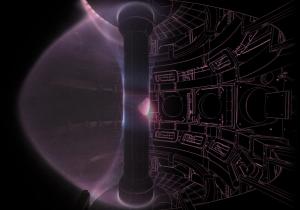What’s New
20 February 2017
ITER news digest for the period of 13 February 2017 to 20 February 2017.

Quench tank delivery video


Désolé, cette page n'existe pas en français.

